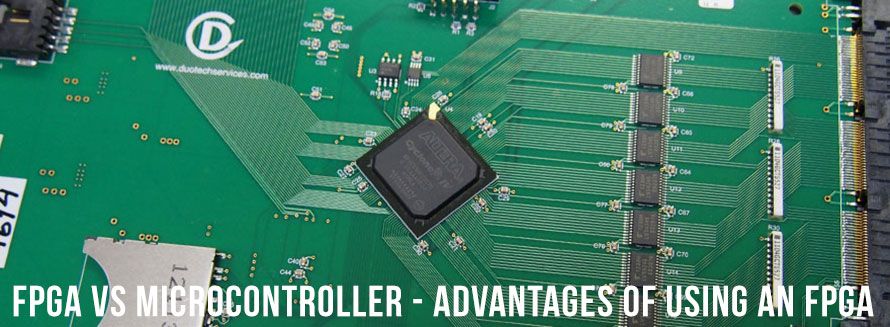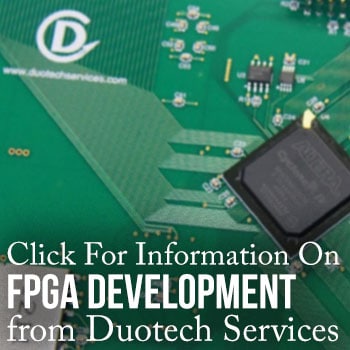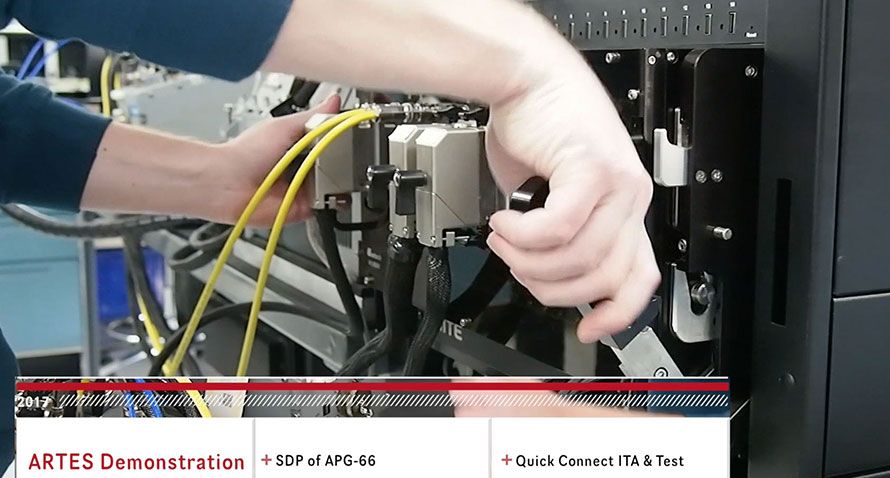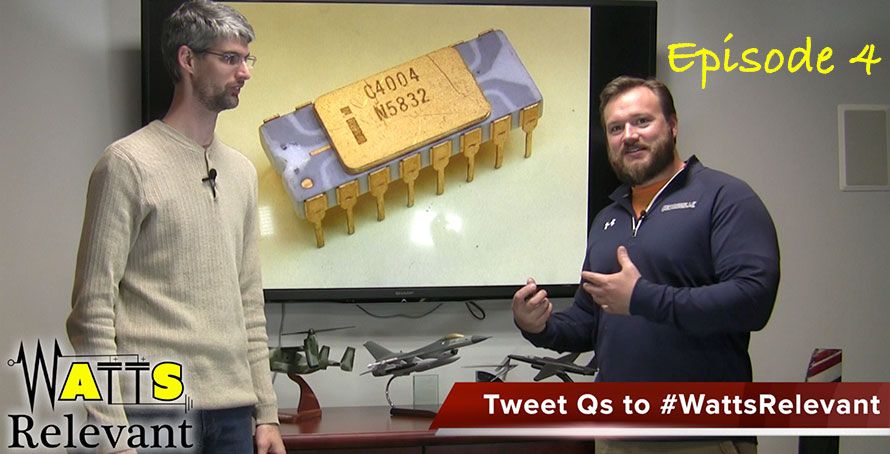What is an FPGA device?
A Gate Array is a prefabricated semiconductor device, like a silicon chip, that has not been configured to have a particular function during fabrication. The Field-Programmable Gate Array, or FPGA, is an integrated circuit that can be configured ‘in the field’ by the designer to perform certain operations. When needed, the FPGA can be reprogrammed to perform a completely different task from its original one.
Advantages of using an FPGA
There are advantages of using an FPGA over a microprocessor like an application-specific integrated circuit (ASIC) in a prototype or in limited production designs. Those benefits are that they are very flexible, reusable, and quicker to acquire.
An FPGA likely has a quicker time-to-market because they are not pre-designed to perform certain tasks. You can buy a ready-made FPGA and then configure it to the design you need.
FPGAs usually cost more upfront than a microprocessor or ASIC. Microprocessors have a lower unit cost and higher volume of production. On the other hand, an FPGA can be reprogrammed over and over for different tasks, making them very cost efficient by avoiding recurring expenses.
Where performance is king, FPGAs set themselves apart in highly parallelized tasks. While modern microprocessors can execute on many cores with out-of-order instructions, not all functions are well-suited to this approach, like massive image or digital signal processing applications. As a bonus, FPGAs may have many hard or soft microprocessors operating inside of one package. Why have a trade-off or take up space for two disparate devices that require a physical interconnect between them?
The FPGA has a simpler design cycle to manage and requires less manual intervention. The software will handle much of the routing, placement, and timing automatically to match the programmed specification.
Because FPGA’s are reprogrammable, they are reusable, making them flexible for faster prototyping and mistakes are not so costly. After prototyping is completed, often the FPGA used to develop the prototype will be converted to a permanent application-specific integrated circuit (ASIC).
FPGAs are often found associated with:
- Digital Signal Processing (DSP)
- Software Defined Radio (SDR)
- parallel processing
- ASIC prototyping
- Multi-Sensor Data Fusion
- Small-quantity product development
- Cryptography
- Antenna beamformers for wireless communication and radar
- Industrial control systems are another application
- Any high-performance computing that does not lend itself well to x86 or other traditional processing
Why use Duotech
Duotech provides full turnkey FPGA design services. Our staff consists of experts in architecture, design, synthesis, verification, and test of FPGAs. Duotech provides repair services of electronic components for a variety of fixed-wing and rotary-wing aircraft systems. Duotech maintains an AS9100D registration and is a qualified repair station for thousands of items.








